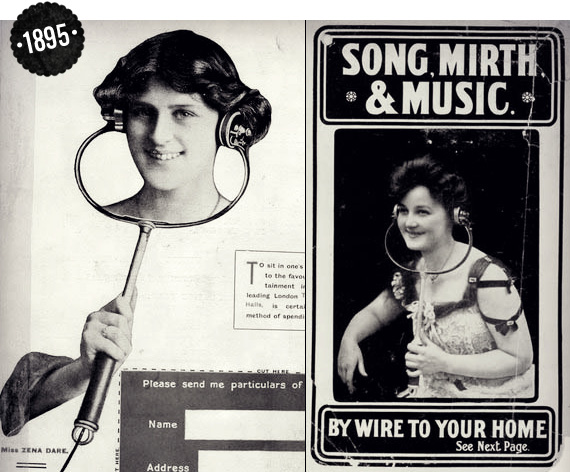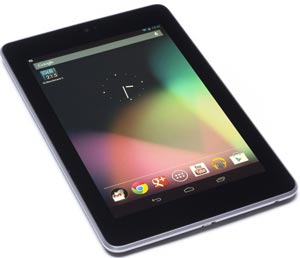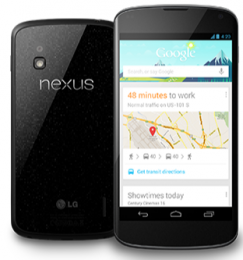 Elite Telecom has said that it has lifted its revenue to over £50 million since it bought Nexus Telecommunications.
Elite Telecom has said that it has lifted its revenue to over £50 million since it bought Nexus Telecommunications.
The Nexus buy was the fifteenth since 2008 and apparently added £16m in revenue and 35 staff to the Elite business. Elite will now have 135 staff members across seven offices.
Matt Newing, CEO at Elite, said: “Nexus has a great reputation in the industry and is a perfect complement for Elite. We share a similar high-service culture, and we believe the combination of our two companies’ unified comms and IT products and services will deliver the strongest client offering in the industry.
“Nexus has some bespoke service-wrap solutions to meet individual customer requirements that Elite Telecom will offer to our wider customer base, which focus on corporate and enterprise clients. Its great customer base is backed by a strong team of people who we’re really happy to welcome to the Elite Group.”
Elite was a comms VAR before expanding more into IT, and now offers managed services around data, storage and security as well as cloud solutions.
In its most recent filing, Elite reported revenue of £22.5 million for the year ending 31 July 2016.













